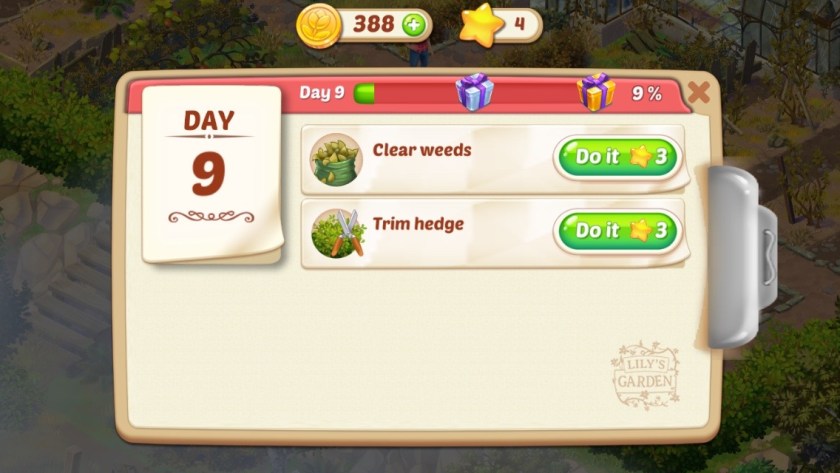
In a recent post about storylet-based narrative design, I briefly suggested that even games like Lily’s Garden could be understood as a case of storylet-based design: there’s just a level of casual gameplay between elements of story.
A very simple implementation looks like this, interspersing every level with a little bit of story wrapper. This has been a standard method from the days of Diner Dash on:
Gating story with casual game levels
Lily’s Garden does something actually a little different, which is to let you gather “stars” by playing levels and then spend them to open more storylets. The “source” in the image below is the casual gameplay. Often, there are two or three storylets available at a time, which means you can choose which of them to play next, but you do have to finish all of the storylets assigned to a given day before moving on.
This is an effective design choice for mobile free-to-play, for several reasons.
One, it gives the player a lot of freedom about how much of each type of content they want to consume at a time. If I don’t care about the story at all, I could just play endless casual levels and never unlock another storylet. Playing storylets does have a small mechanical incentive — it unlocks some gameplay rewards periodically — but the story-indifferent could still opt out, and the gameplay maximizer could choose to activate the storylets but skip all their content (another possibility).
On the other hand, if you do enjoy the story but want to save it up for a quiet moment when you can read it closely, you can stockpile a bunch of stars and then spend some coherent time reading through a whole sequence of storylets, creating a more coherent narrative experience than if the 1-1 relationship between gameplay and story content were rigorously enforced.
Finally, the player has a little option about the ordering of story consumption, but ultimately they do have to try all the storylets in a given day in order to end that day — which maximizes the value-per-content-unit of what they’re building.
Meanwhile, the storylets also almost always feature a little decoration mechanic, where the player is choosing what flowers to plant or which bench to install in some corner of the garden. That guarantees an aesthetic experience of perceivable consequence, as the gardens fill up with ornaments of the player’s choosing, though this aspect is largely decoupled from anything narrative.
Placing choice in the levels
There’s another set of possibilities here that’s mostly unexplored in my experience in casual games, and that’s using the casual level itself as a meaningful choice point, like so:

In this model, we look to the gameplay levels themselves to present choices to the player, which are then paid off by the selection of a follow-up storylet.
Those choices will feel different from choices that are offered directly as links or buttons — but that can actually be a good thing. Not all choice interfaces are alike.
And what kind of choice can we offer the player this way? Here are some of the standard moves in narrative games:
- What do you decide to do? (Big decisions)
- How do you do it? Paragon or Renegade? Wearing a dashing hat, or a cyberpunk helmet? (Protagonism, aesthetic)
- What resources do you consume in the process? (Grasp / tactical)
- How well do you succeed? (Challenge)
- Why do you do it? (Reflective choice in advance)
- How do you feel about it afterward? (Reflective choice after the fact)
- Where is your focus? What do you care about, and what do you want to figure out? (Focus, exploration)
Some of these do map obviously to existing casual game mechanics. Like:
Level of success. Lots casual games have a tiered concept of success (usually with three possible outcomes), and record how well you did on the map of your play experience.
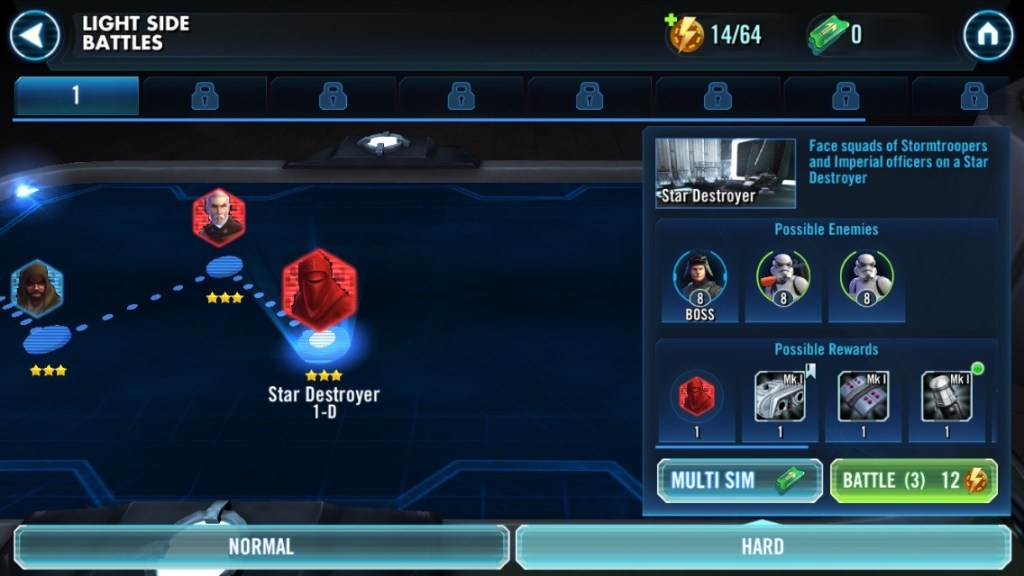
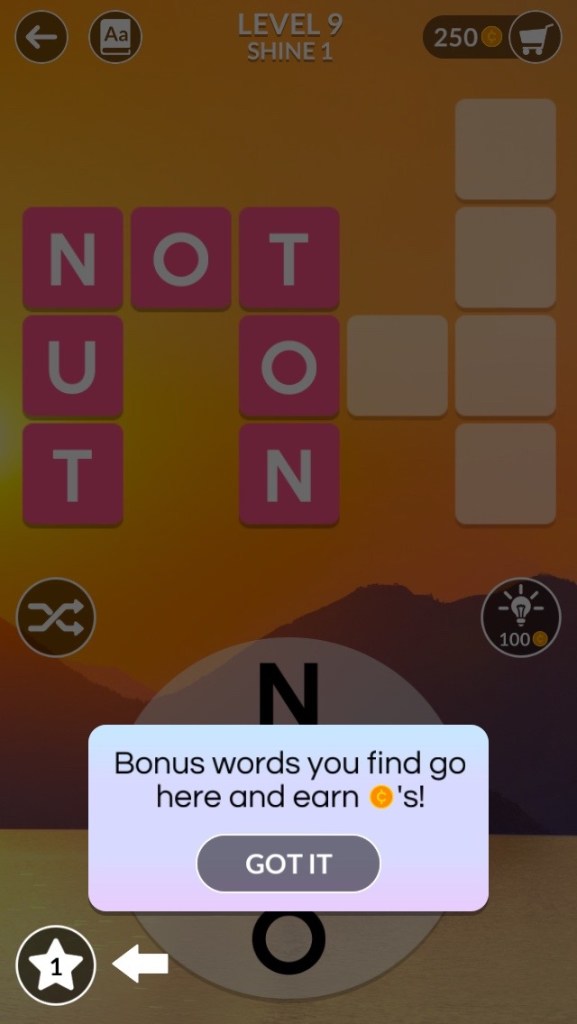
Other games add some optional goals to a level, like the games in the Delicious Emily series where every level offers the chance to find a missing mouse. (The walkthrough for one of these games will give you an idea of just how much is going on here.)
Similarly, the Wordscapes puzzle game (and possibly others of its ilk — there seemed to be a very large number of identical-looking games on the iOS store) will assign bonus points for the discovery of rare words that weren’t on its list of requirements for that level. In this case, it’s just doling out reward resources, but it would be possible to track and respond to that bit of player difference in other ways as well.
While it’s a seriously challenging premium puzzle game and not in the same category, Opus Magnum also sets some good examples for how a game can find several different metrics for the player’s performance on a single level. How quickly does your machine work? How much space does it take up? How much do the resources cost to build it? One could imagine giving all of those outcomes a narrative significance.
Style/aesthetic. Stylist games let the player pick a look for a variety of customers, and give the player pretty significant control over how elements might combine.
For instance, in Super Stylist, I’ve been asked for an outfit that contains “anything pink” — but even with the very restricted catalog at the start of the game, I can interpret that in a variety of ways:
Decoration mechanics are also a common reward feature in games, with the player making those choices in the “story” segment of the process rather than in the gameplay section.

Focus. Hidden object games replicate some of the effects of point-and-click adventures, though sometimes with a more abstracted, not-strictly-representational approach to the environment.
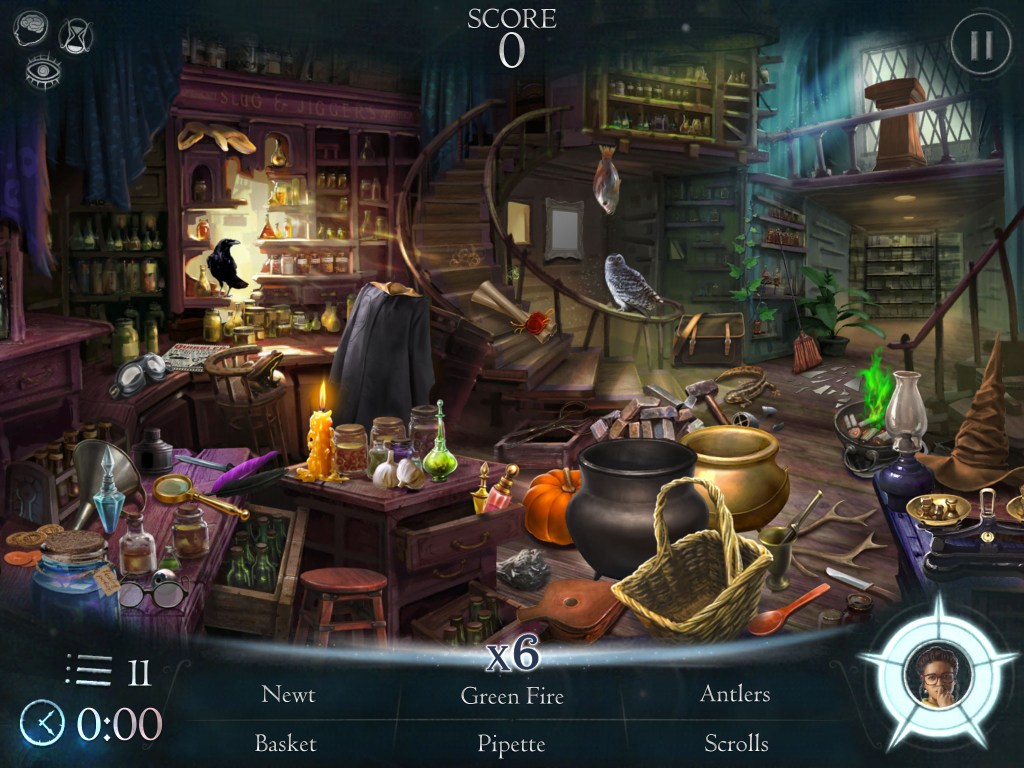
Tactics and grasp. Tactical RPG games and similar work offer the player lots of ways of solving a level. Galaxy of Heroes lets you build combat parties, mixing and matching characters from different eras of Star Wars, different factions, different alien races; it lets you play different combat tactics, as well. In the current implementation, that’s treated almost entirely as a series of mechanical choices rather than fictionally-significant ones. But one could easily tie some story in.
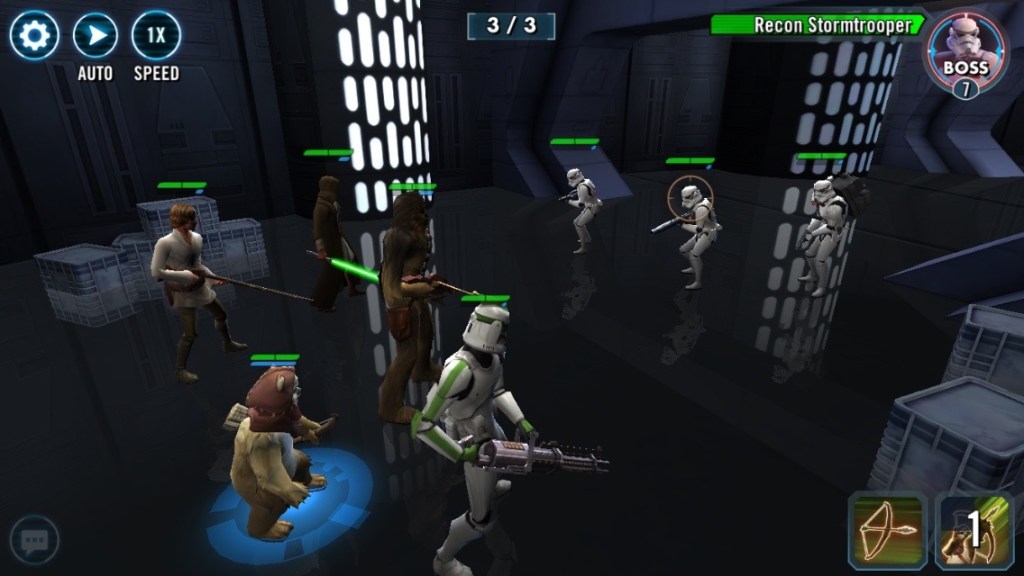
Making a mechanic more expressive of choice
So there are various options already in this space. In all of the above cases, you could have a bit of choice framing before the level that tells the player how their input is going to be interpreted, and then branch based on what they’ve done, using metrics that the game already recognizes somehow.
Sometimes, though, we might need to find some additional choice-making potential in an existing mechanic.
Track cumulative choice between mechanically equivalent options.

- In a time management game, does the player keep one customer group happier than another?
- In a bubble-shooter, does the player shoot more of the red bubbles, more blue, or more pink?
This can be useful when the player might not have total freedom to pick a desired outcome every time they make a move, but where there is enough flexibility in the system that, over the course of a level, they can express a trend.
Three-way choices (or more) are possible too — these approaches can get structurally sophisticated. And the framing may give the player an incentive to play a level in a more difficult way than they’d otherwise need to — or even to replay an old level with fresh goals and strategies at their disposal.

Reskin inventively. “Choose whether to keep the businesspeople or the employees happiest in your time management level” feels like a decision that will fit right in to a tale about being a scrappy business owner.
It’s a bit less compelling to get “Pick red jewels if you think Rey and Kylo Ren are meant for each other, and blue jewels if you’d sooner see Rey romance a droid.” Unless part of the fictional framing of your story involves needing to covertly encode your meaning for some interpreter out there in the world… then you just might get away with it. But it’ll be more pleasing to reskin the jewels as something else — balls of force lightning?
Similarly, sometimes an existing mechanic could be dressed with a bit more variety, to create differentiation players can use to express further choice.
The houses in Merge Town don’t differ in anything except how progressed they are. But they easily could: buildings could have randomized colors or architectural styles, together with rules about what happens when they’re combined. Those elements could be handled as narratively meaningful.
Do more to interpret the meaning that’s already there. Rich possibilities exist in the word game space, where the player is choosing words to play, but the specific choice of word is often treated as irrelevant. Different words could score (based on their meaning) as gloomy/happy, say, communicating a different overall feel to the player’s performance of that level.
Word Town (below) actually already does more with theme than a lot of word games, since every level has some concept that links the winning words. But even there, the player can create words that aren’t on the “approved” word list — and this becomes a potentially interesting avenue for irreverence or other moods.
Similarly, a lot of game mechanics treat all failures as equivalent, and don’t necessarily distinguish gloriously/interestingly bad ones. That too could be material for some story branching.
For the purposes of this discussion, I’ve assumed that we don’t want — or aren’t allowed — to deeply alter the mechanics of the game.
There’s a great deal else to be said about matching mechanics to story — about how story events can be communicated through mechanics, about the way mechanics feel, about whether the naturally occurring rhythms of the gameplay match well with the types of events you’re evoking for the player. Shadowhand is a solitaire game that manages to feel like a swashbuckling duel. Signs of the Sojourner is a pattern-matching deck-builder that describes the social strain of talking to people you don’t know well. Fitzwilliam Darcy’s Dance Challenge uses the outward structure of a dance game to describe a socially awkward situation.
Finally, a cautionary tale about gating narrative elements based on gameplay features that haven’t been used for storytelling in the past.
The second game I ever released, Metamorphoses, was a text adventure that let the player solve puzzles in a bunch of different ways. Which solution you used was secretly a choice mechanism. A player who solves many of the challenges by turning objects into fragile material and breaking them starts to receive different protagonist-characterizing text than a player who resorts to more subtle methods, for instance.
No one noticed, because nothing in the game framed this as a choice for the player; nothing said “your personality will change depending on how you resolve the challenges in front of you.”
A few years later, I’d learned my lesson, and Damnatio Memoriae handles this much more overtly, by making it obvious that there are fictional consequences for some of the different solutions.
Resources:
- Toiya Kristen Finley has edited a book, Narrative Tactics for Mobile and Social Games, that gets more extensively into the question of story for the mobile space
- Though I’ve cited a few in line, there are many many further articles on free-to-play mechanics in general and how they’re doing in the market, at mobilefreetoplay.com. Some of this stuff does feel very much like a dark art, locking into Skinner box effects to keep players around
- Trailer Park Boys: Greasy Money is apparently a triumph of storytelling in the idle game genre; Dave Rohrl offers a developer diary on it
- Here’s some discussion of gacha mechanics





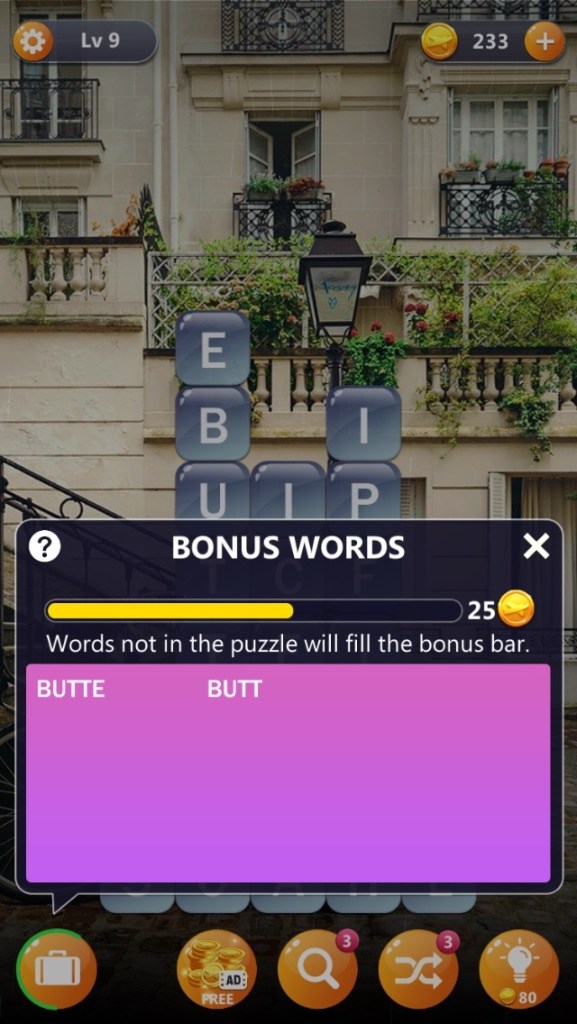


I love how frequently you’re posting. I’m always excited to read what you’ve written. :)